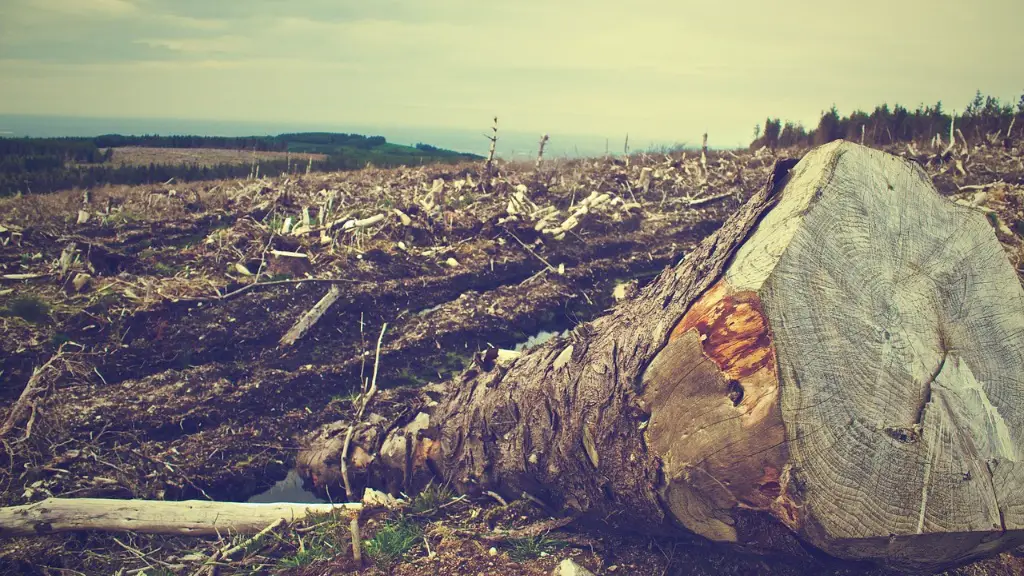The rise in global temperatures due to human-induced climate change has already begun to have a devastating effect on natural ecosystems around the world. Not only does global warming lead to more extreme weather, but it also invites increases in flooding and droughts in certain areas. To understand why, one must understand the effects of increased global temperatures on both the atmospheric and terrestrial parts of the environment.
In the atmosphere, global warming has caused greater evaporation of water into the air, which increases air temperatures further and leads to unpredictable weather patterns. While this effect can manifest itself in the form of floods, it is more likely to lead to droughts in areas where there is not enough rain. Rising temperatures also cause existing water sources to evaporate faster, thus bringing on droughts even in areas with sufficient rainfall.
On the other hand, when floods do occur, global warming often takes the blame. This is due to the fact that global warming increases the level of atmospheric water vapor, making it much easier for flooding to occur. This is why regions that have experienced more severe and frequent flooding in recent years are often those that have seen the greatest warming.
Moreover, global warming affects the terrestrial environment by melting polar ice sheets, raising sea levels and thus increasing the risk of flooding in coastal regions. These melted water sources, combined with atmospheric factors, can further worsen the situation in areas already prone to flooding. A similar risk exists for droughts: rising temperatures reduce the amount of soil moisture, making it harder for plants to grow and threatening the vital water resources of already arid regions.
The consequences of global warming are becoming increasingly clear and alarming. Floods and droughts threaten the safety and well-being of millions of people around the world, and the need for action is greater than ever. Without the implementation of effective strategies to reduce the impacts of global warming, the risk of flooding and drought will only increase.
Fortunately, there are a number of measures that can be taken right now to reduce the risk of floods and droughts. Individuals can make a big difference simply by changing their daily habits, such as using fewer fossil fuels, switching to renewable energy sources or using more efficient water management. Governments can also become part of the solution by passing laws that promote the efficient use of resources and by taking concerted action to reduce their greenhouse gas emissions.
It is clear that global warming is the main cause of the increased flooding and drought conditions in many parts of the world. However, with the right strategies in place, it is possible to reduce the risks and prevent further damage. The time to act is now.

